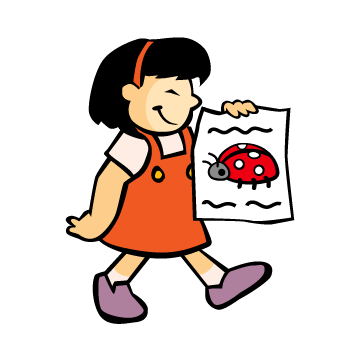Boston Children's Museum
308 Congress Street, Boston, MA 02210
617-426-6500
© Boston Children’s Museum 2024
Website Design by JackrabbitPersuasive writing is a skill that children will learn in school and will need throughout their lives. Writing is very often used to convey an opinion or to convince the reader to honor a request or change their behavior—and advertisers are extremely good at this style of writing. By studying advertisements and then creating their own ads for what at first seems like a tough sell (cute, cuddly bugs), children will not only practice persuasive writing, but they will also grow more familiar with some of the tricks that advertisers use to “lure us in”. In addition, students will learn to use printed materials (books, magazines, nature guides) as important references and will have to study the characteristics of their chosen insect to better understand how to advocate for it. And by focusing on an insect’s positive qualities, children can come to appreciate every living thing as an important part of our ecosystem.
Gather the materials. If you have not already done so and have the opportunity, it might be helpful to first bring students outside and do the Bugs Share Your Habitat or My Observation Journal activity.

Ask your students to list some of the insects, spiders, worms and other bugs that they saw outside. What other bugs have they seen before? Write all of these critters down on a piece of chart paper or a chalkboard.
Create an advertisement that tells the world how great your bug is!
After students have spent 10–15 minutes researching with the magazines, gather everyone together to talk about what they have discovered. What are some of the words that advertisers often use to try to sell their products? Are there certain kinds of pictures that they use? If you would like, show your students the sample advertisement included with this activity (Click here for PDF).
Have teams brainstorm all of the positive qualities about their bug. If they are having a hard time coming up with any, ask them some leading questions, like “What does your bug eat?” (ex. spiders eat other insects that we might not want buzzing around us); “Is there anything that eats your bug?” (ex. some larger animals wouldn’t be able to survive without certain insects, worms, etc. in their diet); etc. You may need to have some teams do further research with field guides, encyclopedias or the Internet.
After teams have done all of their brainstorming and research, have them create their print advertisement on a large piece of paper. When they are finished, post these ads up for the rest of the class to see.